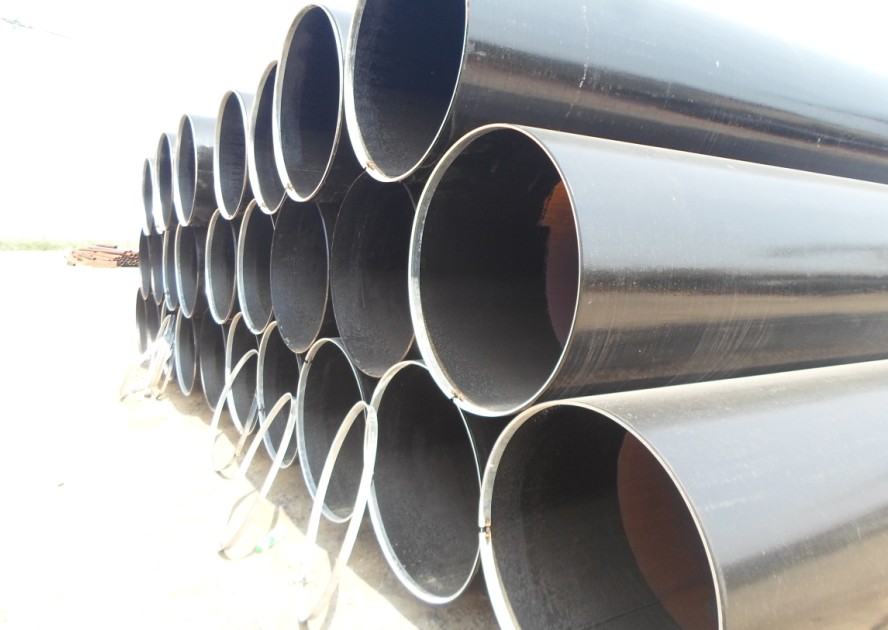Sharing China-Made with Global Customers

1. Preparation: Ensure that the steel pipe is clean and free from any debris or contaminants. This is important to obtain accurate test results.
2. Connection: Connect the steel pipe to the water pressure testing equipment. This is usually done using threaded connections or flanges. Make sure the connections are secure and leak-proof.
3. Filling: Fill the steel pipe with water. The water used should be clean and free from impurities. The pipe is usually filled until it is completely submerged in water.
4. Pressurization: Gradually increase the water pressure inside the steel pipe. This is done using a pump or other pressure generation equipment. The pressure is increased in a controlled manner to avoid any sudden surges that could damage the pipe.
5. Stabilization: Once the desired pressure is achieved, allow the system to stabilize. This is to ensure that the pressure is evenly distributed throughout the pipe and any potential leaks are identified.
6. Inspection: Carefully inspect the entire length of the steel pipe for any signs of leakage. This can be done visually or using specialized leak detection equipment. Pay attention to joints, connections, and any other potential weak points.
7. Holding: Maintain the pressure for a specific period of time to check for any pressure drop or leaks. The duration of the holding period depends on the specific requirements or standards applicable to the steel pipe being tested.
8. Release: Gradually release the pressure from the steel pipe. This should be done slowly and controlled to prevent any sudden changes in pressure that could cause damage.
9. Evaluation: After the pressure is released, inspect the steel pipe again for any signs of leakage or damage. If any issues are identified, appropriate measures should be taken to rectify them.
10. Documentation: Record the test results, including the pressure applied, holding time, and any observations or findings. This documentation is important for quality control purposes and to ensure compliance with relevant standards or regulations.
